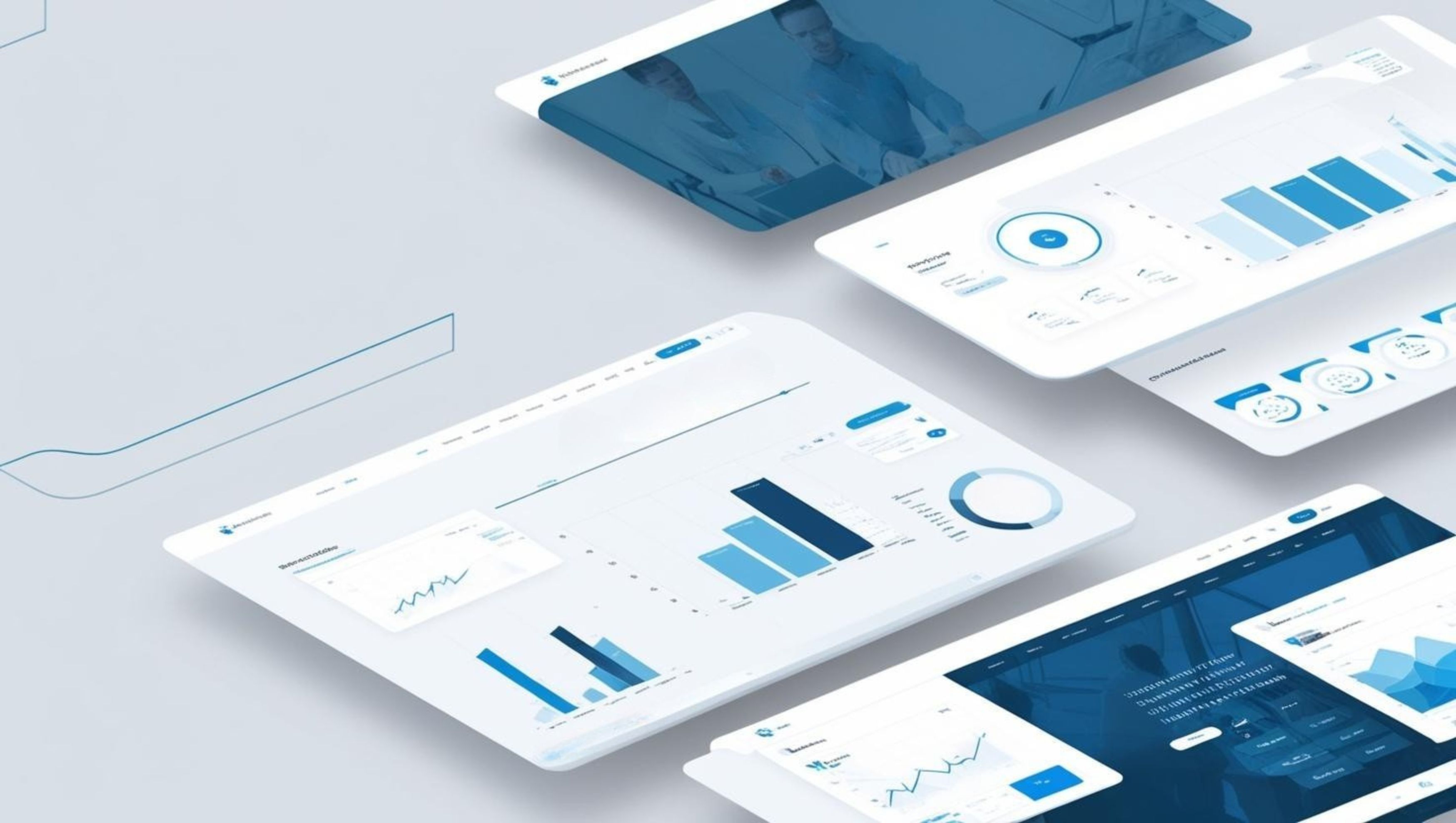Launching a B2B web platform may appear to be a daunting task, but it doesn’t have to be overwhelming. While it is more intricate than a standard B2C website—due to larger transactions, complex integrations, and heightened security requirements—you can simplify the process by concentrating on the essentials. Here are 10 straightforward yet effective tips to help you create a platform that is reliable, scalable, and ready for the future.
Start with Clear Goals and Align Your Team
Before beginning development, ensure that all teams—sales, IT, marketing, and operations—share a common understanding of the project. Clear goals help keep the project on track.
How to achieve this:
Conduct collaborative meetings to identify everyone’s needs, then establish measurable objectives, such as improving order efficiency or minimizing manual tasks. Regular check-ins will help maintain alignment and allow for adjustments as necessary.
Build for Growth
Your platform should address current business needs while being adaptable enough to grow with your company. A scalable foundation saves time and money in the long run.
Focus areas:
Utilize a scalable framework like microservices or a headless CMS, which simplifies the addition or updating of features. Implement caching tools and load balancers to manage high traffic volumes, and adopt a modular design so that specific components of the platform can be upgraded without causing disruptions.
Prioritize Integration
A B2B platform must integrate seamlessly with tools such as ERP, CRM, and warehouse management systems. Poor integration can lead to data silos and additional manual labor.
How to ensure success:
Design your platform with an API-first approach for efficient data sharing. Determine which processes require real-time updates (such as inventory management) and which can operate with scheduled updates (like reporting). Ensure compatibility with industry standards like EDI for large orders.
Ensure Data Safety and Security
Security is paramount for B2B platforms. A single data breach can harm your reputation and result in the loss of clients.
Recommended actions:
Employ TLS/SSL encryption to safeguard data during transfers and utilize secure storage for sensitive information. Implement multi-factor authentication (MFA) for key accounts as an additional layer of protection, and adhere to regulations such as GDPR or PCI DSS to avoid compliance issues.
Prepare for High Traffic
Your platform must remain fast and reliable, regardless of traffic volume. Downtime is not an option for B2B clients who depend on your system for their operations.
Preparation strategies:
Leverage cloud services like AWS or Google Cloud to scale resources as needed. Use caching tools and load balancers to handle high traffic efficiently, and monitor your platform with tools like New Relic or Datadog to quickly identify and resolve issues.
Design for Your Users
B2B platforms have many users, like purchasing managers, finance teams, and executives, each with different needs. Creating a personalized user experience helps everyone work better and feel satisfied.
How to make it easy to use:
Create dashboards for each user role so they can access the tools they need. Include simple tutorials for complicated tasks like bulk ordering or advanced analytics, and follow accessibility guidelines to make sure everyone can use the platform.
Test Like a Pro
Testing makes sure your platform works well. Skipping this step can cause expensive problems and unhappy clients.
What to test:
Automate tests for workflows, integrations, and data accuracy. Conduct user acceptance testing (UAT) with real users to check performance in real situations. Stress-test the platform to ensure it stays stable when it’s busy.
Add Strong Reporting Tools
Data is important for B2B clients. Whether they are tracking sales, managing inventory, or predicting demand, strong reporting features make your platform useful.
Features to include:
Let users customize their dashboards based on what they need. Provide real-time updates for tasks like logistics, and use predictive analytics to help clients spot trends or predict future demand.
Plan for Long-Term Support
Launching your platform is just the start. Ongoing support keeps it secure, working well, and up-to-date.
How to stay prepared:
Set up service-level agreements (SLAs) to define how fast support will respond. Keep detailed documentation to make onboarding and troubleshooting easier, and regularly collect client feedback to decide on updates and new features.
Think Big for the Future
A good platform is ready for new technology and business needs. Planning for growth helps you stay ahead.
How to keep growing:
Make a plan for extra features like loyalty programs, partner access, or new tools. Regularly check to make sure the platform meets customer needs, and work with other tools like payment systems or shipping services to add more features.
Starting a B2B platform can be easy. By following these 10 best practices, you’ll create a platform that is reliable, can grow with you, and is easy to use. Remember, it’s not just a website—it’s a tool that connects businesses, makes things easier, and helps them grow.
With careful planning, you can build a platform that lasts and provides great value to your clients.
